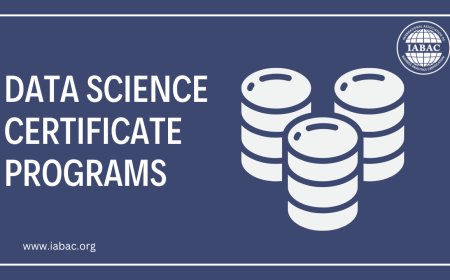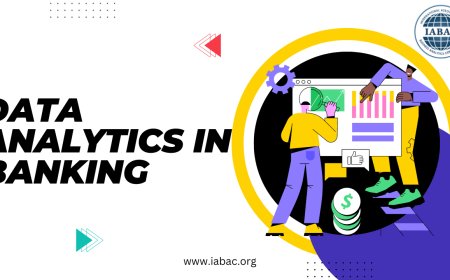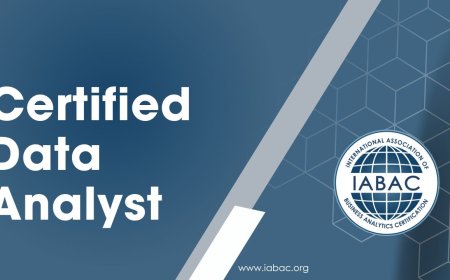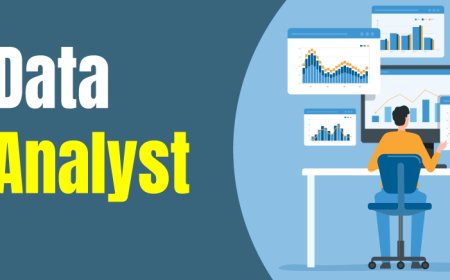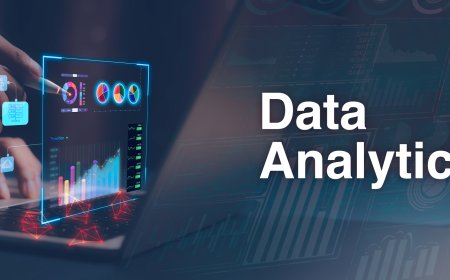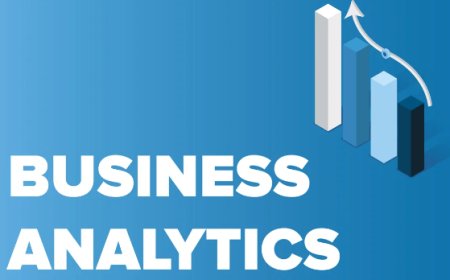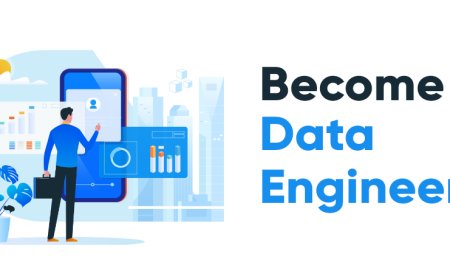The Power of Business Analytics in Insurance
Insurance Analytics Power

In the dynamic landscape of the insurance industry, business analytics has emerged as a game-changer, revolutionizing the way insurers operate, strategize, and serve their customers. Leveraging data-driven insights, business analytics in insurance offers a transformative approach to risk assessment, customer engagement, and operational efficiency. We delve into the role of business analytics in the insurance sector and explore how it empowers insurers to make informed decisions and thrive in an increasingly competitive market.
Data-Driven Risk Assessment
Insurance is fundamentally a risk-based business. Business analytics enables insurers to harness vast amounts of data and leverage sophisticated predictive models to assess risks accurately. By analyzing historical claims data, market trends, and demographic factors, insurers can predict potential risks more precisely. This empowers them to set appropriate premium rates, optimize underwriting processes, and mitigate adverse events, leading to enhanced profitability and risk management.
Data-driven risk assessment is a foundational aspect of business analytics in the insurance industry. By harnessing vast amounts of data and leveraging advanced analytics techniques, insurers can accurately evaluate risks associated with various insurance policies and customers. Let's delve deeper into how data-driven risk assessment works:
-
Data Collection and Integration:To perform data-driven risk assessment, insurers collect and integrate data from diverse sources, including historical claims data, policyholder information, market trends, economic indicators, and external data such as weather patterns and social demographics. The data is then centralized into a secure and accessible repository.
-
Data Preprocessing and Cleaning:Before analysis, the collected data undergoes preprocessing and cleaning to ensure its quality and consistency. This involves identifying and rectifying missing values, outliers, and inconsistencies that could impact the accuracy of risk assessment models.
-
Risk Modeling and Predictive Analytics:Using statistical and machine learning algorithms, insurers build predictive risk models. These models analyze historical data to identify patterns and relationships between risk factors and claim outcomes. By understanding these patterns, insurers can predict the likelihood of specific risks occurring for different policyholders.
-
Risk Scoring and Segmentation:Once the predictive risk models are in place, insurers assign risk scores to individual policyholders based on their characteristics and historical data. These risk scores categorize policyholders into risk segments, enabling insurers to differentiate premium rates and policy terms based on the level of risk.
-
Underwriting and Pricing Decisions:Data-driven risk assessment informs underwriting decisions, helping insurers determine whether to accept or reject insurance applications. Insurers can adjust premium rates and coverage based on the risk scores, ensuring fair pricing that aligns with the potential risks faced by policyholders.
-
Mitigation and Risk Management:Insurers use data-driven insights to implement risk mitigation strategies. By identifying high-risk areas and patterns, insurers can take proactive measures to minimize the impact of potential risks. For example, insurers might offer risk management services, safety training, or loss prevention programs to reduce the likelihood of claims.
-
Continuous Improvement:Data-driven risk assessment is an iterative process. Insurers continually monitor the performance of their predictive models and update them with new data. By incorporating real-time data and feedback, insurers ensure that their risk assessment models remain accurate and up-to-date.
Personalized Customer Engagement: Understanding customer preferences and behavior is paramount in the insurance industry. Business analytics enables insurers to gain deep insights into customer needs, allowing them to craft personalized insurance products and services. Advanced analytics techniques like customer segmentation and churn prediction enable insurers to target specific customer segments effectively. This personalized approach enhances customer satisfaction, fosters long-term loyalty, and drives business growth.
-
Utilize customer data to understand preferences, behaviors, and needs.
-
Segment customers based on data-driven insights for targeted marketing campaigns.
-
Implement personalized communication strategies through various channels (email, SMS, etc.).
-
Offer tailored insurance products based on customer profiles and preferences.
-
Leverage predictive analytics to anticipate customer needs and provide proactive recommendations.
-
Use customer feedback and interactions to continuously refine personalized engagement strategies.
-
Enhance customer satisfaction and loyalty by delivering relevant and timely offers and services.
-
Employ AI-powered chatbots and virtual assistants for personalized customer support.
-
Leverage customer data for cross-selling and upselling opportunities.
-
Measure the effectiveness of personalized engagement strategies through data analysis and KPI tracking.
Fraud Detection and Prevention
Fraudulent claims pose a significant challenge to insurers, impacting profitability and trust in the industry. Business analytics equips insurance companies with powerful fraud detection algorithms that can identify suspicious patterns and anomalies in claim data. By leveraging machine learning and AI, insurers can automate fraud detection processes, thereby saving valuable time and resources while ensuring the integrity of their operations.
-
Utilize machine learning algorithms to identify patterns and anomalies in claim data.
-
Implement real-time monitoring systems to detect fraudulent activities as they occur.
-
Utilize predictive modeling to assess the likelihood of fraud in insurance applications.
-
Integrate external data sources, such as social media and public records, for enhanced fraud detection.
-
Employ data visualization techniques to identify suspicious patterns and trends.
-
Implement rule-based systems to flag potentially fraudulent claims for further investigation.
-
Collaborate with industry consortiums and databases to share fraud-related information.
-
Continuously update fraud detection models to stay ahead of evolving fraudulent tactics.
-
Train staff and claims adjusters in fraud awareness and detection techniques.
-
Utilize advanced technologies like AI and machine learning for automated fraud detection and prevention.
Optimal Pricing and Product Development
Business analytics facilitates insurers in optimizing pricing strategies for insurance products. By analyzing customer behavior, competitor pricing, and market trends, insurers can determine the optimal pricing points that balance competitiveness and profitability. Furthermore, data-driven insights aid in identifying gaps in the market, driving the development of innovative insurance products tailored to emerging customer needs.
-
Analyze market trends, competitor pricing, and customer behavior to inform pricing strategies.
-
Utilize data-driven insights to identify pricing points that balance competitiveness and profitability.
-
Conduct price elasticity analysis to understand how changes in pricing affect demand.
-
Implement dynamic pricing models that adjust prices based on real-time data and market conditions.
-
Leverage customer segmentation to tailor pricing and product offerings to different customer groups.
-
Monitor customer feedback and data to assess product performance and identify areas for improvement.
-
Utilize A/B testing to evaluate the impact of different pricing and product strategies.
-
Collaborate with underwriters and actuaries to align pricing with risk assessment models.
-
Continuously analyze and optimize pricing strategies based on data feedback and business goals.
-
Consider bundling and cross-selling opportunities to create attractive product packages for customers.
Streamlined Claims Management
Business analytics in insurance plays a pivotal role in streamlining claims management processes. By leveraging data-driven insights and advanced technologies, insurers can automate and optimize various aspects of claims handling. From efficient claims assessment using natural language processing (NLP) and image recognition to real-time fraud detection, business analytics enables insurers to expedite claims processing, reduce turnaround times, and enhance customer experience. Furthermore, analytics-driven data visualization tools facilitate quick decision-making for claims adjusters, ensuring seamless communication with customers and prompt resolution of claims. By embracing business analytics, insurers can streamline claims management, improve operational efficiency, and ultimately deliver exceptional service to their policyholders.
Enhancing Operational Efficiency
Data-driven insights are not limited to customer-facing processes; they also extend to internal operations. Business analytics helps insurers optimize their internal processes, such as policy administration, resource allocation, and portfolio management. By identifying inefficiencies and bottlenecks, insurers can make data-backed decisions to enhance overall operational efficiency and reduce costs.
-
Utilize data analytics to identify and address operational inefficiencies.
-
Implement process automation to streamline repetitive tasks and reduce manual errors.
-
Leverage predictive maintenance to optimize resource allocation and reduce downtime.
-
Use data visualization tools for real-time monitoring and decision-making.
-
Adopt cloud-based solutions for scalable and cost-effective data storage and processing.
-
Apply machine learning for demand forecasting and inventory management.
-
Implement agile project management methodologies to increase productivity.
-
Utilize data-driven insights to optimize resource allocation and workflow management.
-
Foster a data-driven culture to encourage continuous improvement and innovation.
-
Monitor key performance indicators (KPIs) to measure and track operational performance.
Compliance and Regulatory Reporting
Compliance and regulatory reporting are critical components of business analytics in the insurance industry. By leveraging data analytics, insurers can ensure adherence to complex regulatory requirements and streamline reporting processes. Advanced analytics tools help consolidate data from various sources, enabling accurate and timely generation of regulatory reports. Furthermore, data-driven insights facilitate proactive identification of compliance risks, allowing insurers to take appropriate measures to mitigate potential issues. Through compliance-focused analytics, insurers can navigate regulatory landscapes with confidence, uphold industry standards, and build trust with regulatory authorities and stakeholders.
Business analytics is transforming the insurance industry, offering insurers unprecedented opportunities to thrive in an increasingly data-driven world. From risk assessment to customer engagement, fraud detection to operational efficiency, the power of data-driven insights empowers insurers to make informed decisions, foster customer-centricity, and achieve sustainable growth.




